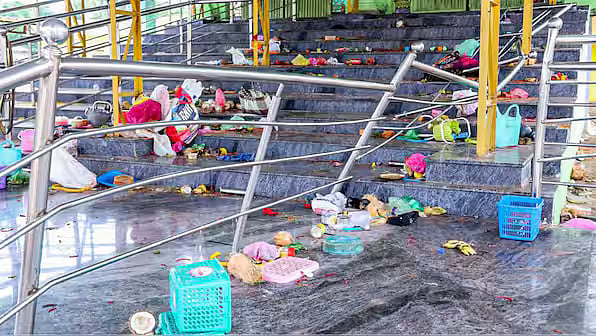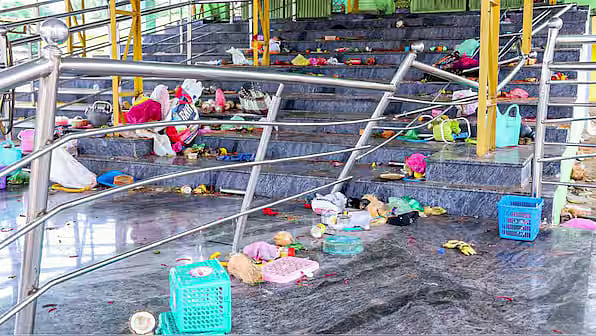The spectre of deadly stampedes now looms over poorly planned mass gatherings, as more people travel for religious, sports or music events in the post-pandemic era. A small town in Andhra Pradesh, Kasibugga, is the latest to witness one, in which at least nine pilgrims, eight women and a teen, died tragically. They were caught in a crush at a private temple modelled on the famous Tirupati Venkateswara but built to a fraction of its size. It is unsurprising that on Ekadasi day, people in several neighbouring districts flocked to worship, resulting in an unmanageable crowd that fell through collapsing guardrails. What makes the disaster even more poignant is the arrival of a steady stream of the less affluent, who could not afford to travel to Tirupati; some of those who died fell in that category. The stampede, coming in the wake of catastrophes at the Kumbh Mela, in Tirupati, Bengaluru, New Delhi, and Karur, adds to India’s unedifying record at managing big crowds. Surprisingly, the official machinery led by the district administration appears not to learn from each new episode, and the templates for crowd management stand ignored. That includes the National Disaster Management Authority recommendation to use a preventive standard, the Failure Mode and Effects Analysis (FMEA) framework. It is a sad commentary on the working of state governments and local bodies that building codes with provisions on structural safety, fire protection, emergency exits, and access for the disabled remain mostly on paper. Popular as they may be, religious places cannot be exempt from safety requirements and must be compelled to comply with codes. The wiser-by-hindsight approach must change at least now, with the responsibility for the safety of all public places fixed on the District Administration.
If the response of the temple administration in Kasibugga has been reported correctly, the owner, who hails from Odisha, attributed the stampede to an act of god. On the other hand, the government claimed it had no prior information on the large number of devotees expected. Both explanations are indefensibly evasive. Large compensation amounts have been announced for the families of the deceased by the state, hoping to mollify public outrage, but that cannot prevent a recurrence. What state governments must do is issue rules that make a building inspection mandatory to ascertain maximum occupancy and the conduct of public gatherings, requiring a security and risk assessment. These are protocols followed in several other countries. Temples in India must also be retrofitted to make them friendly to the elderly and the disabled. Crucially, dividing devotees into manageable groups outside the main precincts and regulating entry hold the key to making large festivals safe. Compared to the past few years, 2025 has seen a spike in stampedes. The time to act is now.






